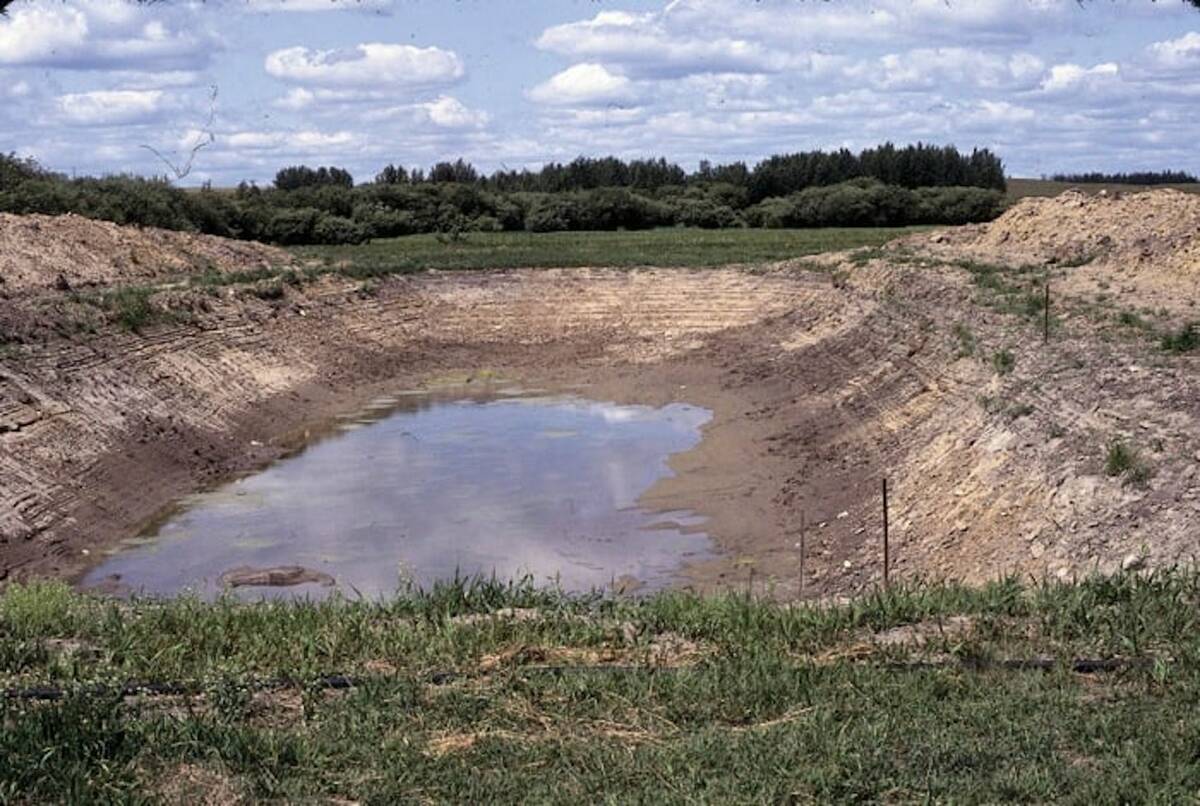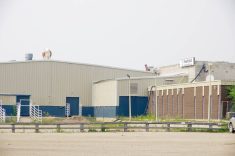RED DEER, Alta. – If the Pacific Northwest beef and dairy industries had their way, Canadian-grown barley would be flowing freely across the border tomorrow.
Groups like the Washington Cattle Feeders Association are strong supporters of an open market for feed grain. It has argued in the past that the Alberta feedlot industry has a distinct advantage because of the cheap domestic source of feed.
“We enjoyed the continental market even though it only lasted five or six weeks. A lot of barley came into Washington,” said Jim Miles. The executive vice-president of the Washington Cattle Feeders Association was speaking at the recent Alberta Barley Commission annual meeting in Red Deer.
Read Also

Dry summer conditions can lead to poor water quality for livestock
Drought conditions in the Prairies has led to an decrease in water quality, and producers are being advised to closely monitor water quality for their animals.
Miles said cattle feeders couldn’t get enough barley this year so they switched to high moisture corn. Feedlots and dairy farms in his state require about 2.5 million tonnes of barley a year.
One solution for this feed deficit is to negotiate a special project similar to one started by the American and Canadian cattle industries and respective governments. Called the Northwest Pilot Project, it allows the free movement of feeder steers and heifers across borders without expensive health tests and fees.
Miles believes a similar exchange could be negotiated for barley even with the issue of grading malt and feed barley on a continental basis.
“We want to buy your feed grain,” he said. “It’s the only way to do business. We have a lot more in common north and south than we do east and west. That’s why we support the continental market.”
Follow cattle’s lead
Cattle trade on a continental basis and Miles said the same system should apply to barley.
Barley is selling for upwards of $3.89 (Cdn) a bushel in his area. Freight is calculated at about $30-$35 (U.S.) per short ton from Lethbridge to the major feeding areas in Washington. Feedlot operators want 50 pounds or better while dairy farmers will accept 48-pound barley, said Miles.
Washington feedlot capacity is about 510,000 head. The dairy industry has also grown because a number of producers moved to Washington from California when land became too expensive.
Cattle herds expanding
This year the dairy industry declined because of low milk prices and last year’s hard winter. However, the feedlot and dairy sectors continue to expand in Idaho, which gained about 20,000 beef cows and 25,000 dairy cows in the past year.
One cheap feed source is vegetable wastes. Washington grows a number of cash crops like processing potatoes, lentils, hops, vegetables, spearmint, apples and fruit. About 1.2 billion pounds of byproducts from these industries is delivered for cattle feed every year and mixed with grain.
“Cattle don’t do well on byproducts alone,” said Miles. “Barley has always been the feed choice of the Pacific Northwest.”
In 1985 Washington farmers grew 1.2 million acres of barley and in 1997 planted 500,000 acres due to the conservation reserve program. Farmers were paid to seed marginal land back to grass for conservation and land traditionally seeded to barley was set aside.

















